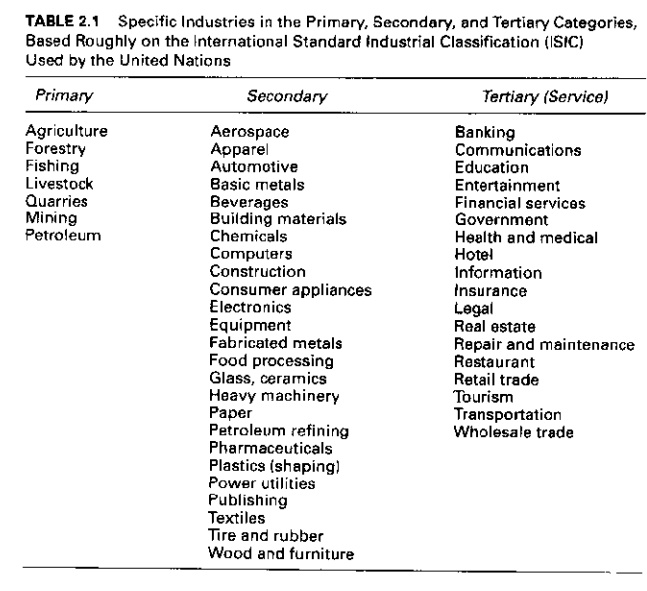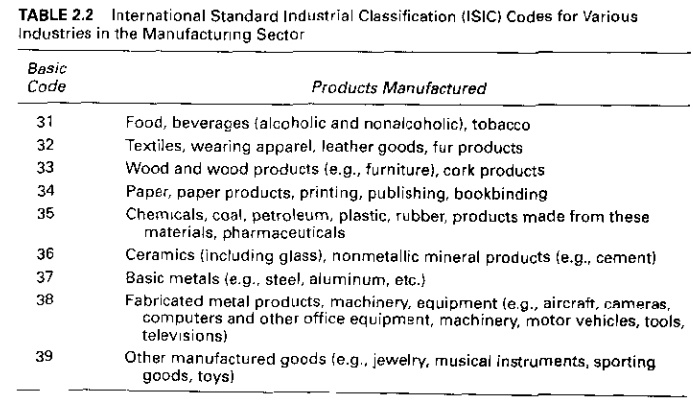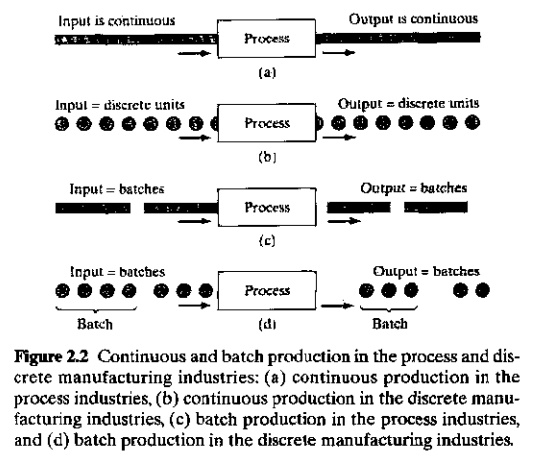Chapter: Automation, Production Systems, and Computer Integrated Manufacturing : Manufacturing Operations
Manufacturing Industries and Products
MANUFACTURING INDUSTRIES AND
PRODUCTS
Manufacturing
is an important commercial activity, carried out by companies that sell
products to customers. The type of manufacturing performed by a company depends
on the kinds of products it makes. Let us first take a look at the scope of the
manufacturing industries and then consider their products.
Manufacturing Industries. Industry consists of enterprises and
organizations that produce and/or supply goods and/or services. Industries can be
classified as primary, secondary, and tertiary. Primary industries are those that cultivate and exploit natural
resources, such as agriculture and mining. Secondary
industries convert the outputs of the primary industries into products.
Manufacturing is the principal activity in this category, but the secondary
industries also include construction and power utilities. Tertiary industries constitute the service sector of the economy. A
list of specific industries in these categories is presented in Table 2.1.

In this book, we are concerned with the secondary industries
(middle column in Table 2.1), which are composed of the companies engaged in
manufacturing. It is useful to distinguish the process industries from the
industries that make discrete parts and products. The process industries
include chemicals, pharmaceuticals, petroleum, basic metals, food, beverages,
and electric power generation. The discrete product industries include
automobiles, aircraft, appliances, computers, machinery, and the component
parts that these products are assembled from. The International Standard
Industrial Classification (ISIC) of industries according to types of products
manufactured is listed in Table 2.2. In general, the process industries are
included within ISIC codes 31–37, and the discrete product manufacturing
industries are included in ISIC codes 38 and 39. However, it must be
acknowledged that many of the products made by the process industries are
finally sold to the consumer in discrete units. For example, beverages are sold
in bottles and cans. Pharmaceuticals are often purchased as pills and capsules.
Production operations in the process industries and the discrete
product industries can be divided into continuous production and batch
production.The differences are shown in Figure 2.2. Continuous production occurs when the production equipment is used
exclusively for the given product, and the output of the product is uninterrupted.
In the process industries, continuous production means that the process is
carried out on a continuous stream of material, with no interruptions in the
output flow, as suggested by Figure 2.2(a) Once operating in steady state, the
process does not depend on the length of time it is operating. The material
being processed is likely to be in the form of a liquid, gas, powder, or
similar physical state. In the discrete manufacturing industries, continuous
production means 100% dedication of the production equipment to the part or
product, with no breaks for product changeovers. The individual units of
production are identifiable, as in Figure 2.2(b).
Batch production occurs when the materials are processed in
finite amounts or quantities. The finite amount or quantity of material is
called a batch in both the process
and discrete manufacturing industries. Batch production is discontinuous
because there are interruptions in production between batches. The reason for
using batch production is
TABLE 2.2 International
Standard Industrial Classification (ISIC) Codes for Various Industries in the Manufacturing Sector


because
the nature of the process requires that only a finite amount of material can be
accommodated at one time (e.g., the amount of material might be limited by the
size of the container used in processing) or because there are differences
between the parts or products made in different batches (e.g., a batch of 20
units of part A followed by a batch of 50 units of part B in a machining
operation, where a setup changeover is required between batches because of
differences in tooling and fixturing required). The differences in batch
production between the process and discrete manufacturing industries are
portrayed in Figure 2.2(c) and (d). Batch production in the process industries
generally means that the starting materials are in liquid or bulk form, and
they are processed altogether as a unit. By contrast, in the discrete
manufacturing industries, a batch is a certain quantity of work units, and the
work units are usually processed one at a time rather than altogether at once.
The number of parts in a batch can range from as few as one to as many as
thousands of units.
Manufactured Products. As indicated in Table 2.2, the secondary
industries include food, beverages, textiles, wood, paper, publishing,
chemicals, and basic metals (ISIC codes 31–39). The scope of our book is
primarily directed at the industries that produce discrete products (ISIC codes
38 and 39). The two groups interact with each other, and many of the concepts
and systems discussed in the book are applicable to the process industries, but
our attention is mainly on the production of discrete hardware, which ranges
from nuts and bolts to cars, airplanes, and digital computers. Table 2.3 lists
the manufacturing industries and corresponding products for which the
production systems in this book are most applicable.
Final products made by the industries listed in Table 2.3 can be
divided into two major classes: consumer goods and capital goods. Consumer goods are products purchased
directly by consumers, such as cars, personal computers, TVs, tires, toys, and
tennis rackets. Capital goods are
products purchased by other companies to produce goods and supply services.
Examples of capital goods include commercial aircraft, mainframe computers,
machine tools, railroad equipment, and construction machinery.
In addition to final products, which are usually assembled, there
are companies in industry whose business is primarily to produce materials, components, and supplies for the companies that make the
final products. Examples of these items include sheet steel, bar stock, metal
stampings, machined parts, plastic moldings and extrusions, cutting tools,
dies, molds, and lubricants. Thus, the manufacturing industries consist of a
complex infrastructure with various categories and layers of intermediate
suppliers that the final consumer never deals with.
Related Topics